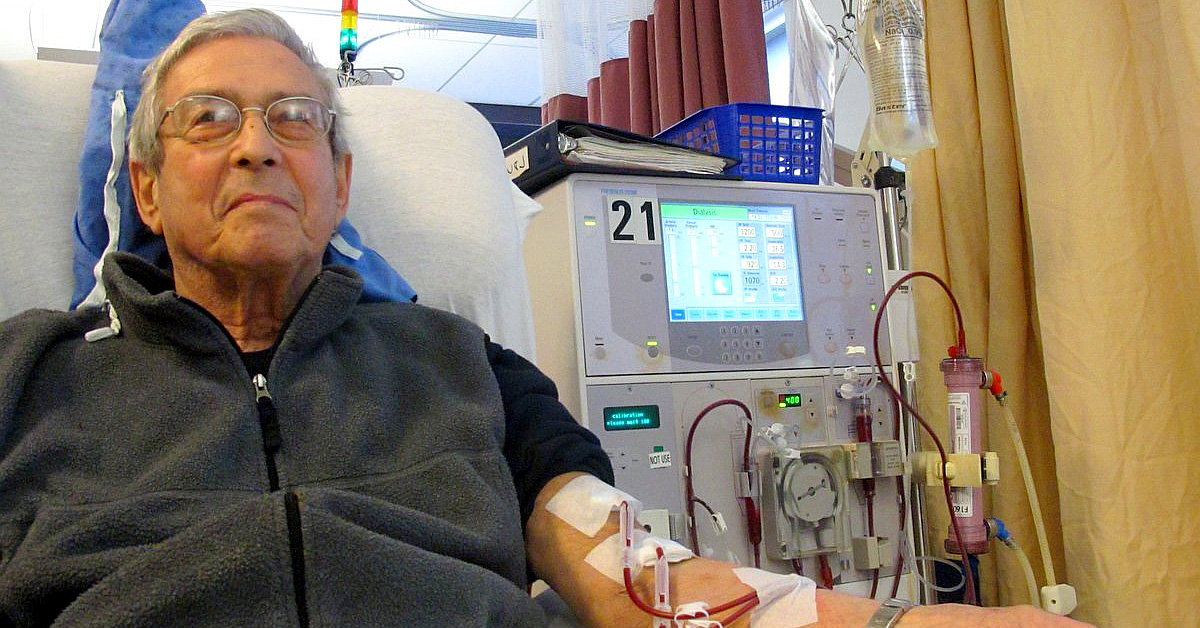Improving primary care for patients with chronic illness is critical to improving healthcare quality, value and patient experience. Primary care providers are participating in several new payment models that emphasize quality and value, yet little is known about whether and how participation in these programs affects care delivery specifically for patients with chronic needs.

Dori Cross, an assistant professor in the School of Public Health, worked with a team of researchers to conduct in-depth interviews with 14 primary care practices participating in value-based payment models. The findings were recently published in the journal Healthcare.
Of those interviewed, half of the practices had improved patient outcomes over time for their chronic disease patients (based on administrative claims data) and half did not.
Researchers identified several strategies that differentiated practices with improved performance for chronic disease patients. Practices had to balance immediate care delivery needs while also creating new adaptive structures and processes to better respond to changing pressures and demands. Key strategies generated long-term value to practices by strengthening:
- Access and receptivity to new ideas for care delivery through external learning opportunities
- Efforts to foster intrinsic motivation among providers and staff
- Pursuit of new staffing and workflow models that integrated care management while delegating administrative requirements to external supporting organizations
“Practices are serving an increasingly complex population while simultaneously complying with numerous new service and documentation requirements under value-based program models,” says Cross. “Those successful at improving outcomes for chronic disease patients under these models did so by pursuing a culture of change, with strategies that emphasized adaptiveness and creative use of resources.”
These findings help inform payers and primary care practices seeking evidence-based strategies to foster a stronger delivery system for patients with significant healthcare needs.

